As solar energy continues to gain traction as a sustainable and cost-effective alternative to traditional energy sources, understanding the cost of solar panel installation becomes increasingly vital for homeowners and businesses alike. According to the National Renewable Energy Laboratory, the average cost of solar panel installation in the United States has decreased by nearly 60% since 2010, making it more accessible than ever. However, potential savers must navigate various factors, such as local incentives, installation quality, and panel efficiency. By comprehensively understanding the cost of solar panel installation, individuals can make informed decisions that not only reduce energy bills but also contribute to a greener planet. In this blog, we will outline the top seven benefits of grasping these costs, equipping readers with the knowledge to harness the full potential of solar energy.

Understanding the cost of solar panel installation is crucial for homeowners and businesses looking to harness renewable energy. A thorough cost analysis not only provides a clear picture of the initial investment but also helps in forecasting long-term savings. By examining installation costs, potential maintenance expenses, and available incentives, individuals can make informed decisions that align their energy goals with their financial capabilities. This analysis ensures that stakeholders are aware of all potential costs—from equipment and labor to permits and inspections—allowing them to budget effectively.

Moreover, a comprehensive understanding of the cost components empowers consumers to compare different solar solutions. With various providers and technologies available, breaking down expenses helps in identifying the best deals suited to specific needs. It also allows for a more accurate assessment of return on investment (ROI), enabling customers to weigh their options against expected energy savings and environmental benefits. Ultimately, investing time in cost analysis not only facilitates better purchasing decisions but also contributes to the broader adoption of sustainable energy practices.
Investing in solar panel installation is not merely a decision for environmental sustainability; it's also a financially savvy move. According to the Solar Energy Industries Association (SEIA), the cost of residential solar systems has dropped by over 70% since 2010, making solar energy more accessible than ever. Homeowners can see significant long-term savings on their electricity bills, with many reporting a reduction of 50% or more. This makes the initial upfront investment worthwhile as the average payback period for solar installations hovers around 5 to 7 years.
Moreover, installing solar panels can substantially increase property value. A study by the National Renewable Energy Laboratory found that homes with solar energy systems sold for about 4.1% more than comparable homes without solar. Additionally, many states offer financial incentives such as tax credits and rebates, which can further offset installation costs. These savings, combined with the long-term benefits of energy independence and protection against rising utility rates, position solar panel installation as a financially beneficial choice for homeowners looking to invest wisely in their future.
Understanding the environmental impact of solar energy is crucial in today’s fight against climate change. Solar panels harness the sun’s energy, providing a renewable and sustainable source of electricity that significantly reduces our reliance on fossil fuels. By transitioning to solar energy, households and businesses can decrease their carbon footprint, effectively minimizing harmful greenhouse gas emissions that contribute to global warming and air pollution.
Moreover, solar energy systems produce clean energy with minimal environmental disruption. Unlike traditional power generation methods that often involve extensive mining and resource extraction, solar panel installation uses a free and abundant resource—the sun. This shift not only curbs carbon emissions but also promotes local ecosystem health. As solar technology advances and adoption rates increase, we become better stewards of our planet, preserving its resources for future generations while fostering a cleaner, healthier environment. The integration of solar energy into our daily lives presents an opportunity to redefine how we consume energy and ensure a sustainable future.
| Benefit | Details | Impact on Carbon Footprint | Annual CO2 Savings (kg) |
|---|---|---|---|
| Reducing Electricity Bills | Lower monthly expenses on energy | Decreases reliance on fossil fuels | 1,000 |
| Increase in Property Value | Higher resale prices of solar-equipped homes | Promotes sustainable living | 500 |
| Energy Independence | Less dependency on grid power | Reduces demand on fossil fuels | 750 |
| Government Incentives | Tax credits and rebates for installations | Encourages renewable energy adoption | 200 |
| Low Maintenance Costs | Minimal upkeep required | Supports sustainability | 150 |
| Job Creation | New jobs in the renewable energy sector | Contributes to economic growth | N/A |
| Environmental Benefits | Reduces greenhouse gas emissions | Direct positive impact on climate change | 1,200 |
 When considering solar panel installation, understanding the various incentives available can significantly reduce your overall costs. Tax credits and rebates are two of the most effective ways to make solar investments more affordable. The federal solar tax credit, for instance, allows homeowners to deduct a substantial percentage of their installation costs from their federal taxes. Additionally, many states offer rebates that can provide immediate savings, making the transition to solar energy even more attractive.
When considering solar panel installation, understanding the various incentives available can significantly reduce your overall costs. Tax credits and rebates are two of the most effective ways to make solar investments more affordable. The federal solar tax credit, for instance, allows homeowners to deduct a substantial percentage of their installation costs from their federal taxes. Additionally, many states offer rebates that can provide immediate savings, making the transition to solar energy even more attractive.
Tips for maximizing your savings include researching local and state tax incentive programs, as these can vary widely based on location. Engaging with a reputable solar installer who is well-versed in available incentives can also ensure that you don't miss out on potential savings. Before finalizing your installation, check if there are any local utility incentives, as many utilities provide additional cashback for solar panel installations to promote clean energy usage.
Lastly, consider timing your installation. Some tax credits and rebates have expiration dates or are available on a first-come, first-served basis. Planning ahead and keeping abreast of upcoming changes in legislation can ensure you take full advantage of all financial benefits while securing your solar panels.
Understanding the return on investment (ROI) in solar energy is crucial for homeowners and businesses looking to install solar panels. According to the U.S. Department of Energy's Solar Energy Technologies Office, the average ROI for solar installations can reach between 20% and 30% over the lifespan of the system, significantly outpacing traditional investment options like stock markets or savings accounts. By evaluating factors such as energy savings, tax incentives, and rising utility rates, consumers can effectively maximize their investment in solar energy.
Moreover, a recent report by the National Renewable Energy Laboratory (NREL) indicates that solar panel costs have dropped nearly 89% since 2010, making solar energy a more viable option than ever before. The annual savings on electricity bills, combined with federal and state incentives—such as the Investment Tax Credit (ITC)—further elevate the profitability of solar installations. Homeowners can expect to recoup their initial investment in as little as 5 to 7 years, depending on regional energy rates and system size. Emphasizing systematic evaluations and ongoing market trends will enable stakeholders to harness the full potential of their solar investment, enhancing sustainability and financial returns.
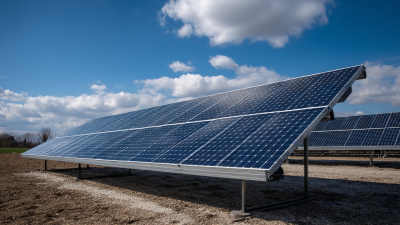
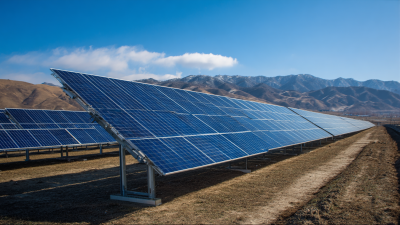

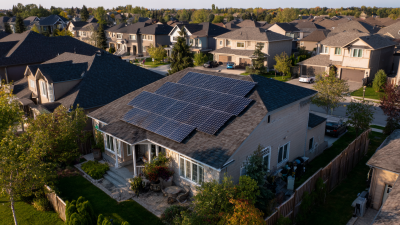
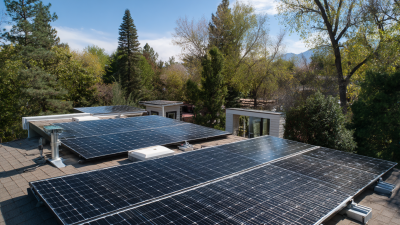
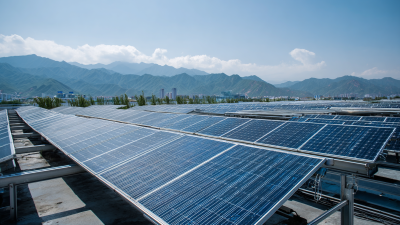
As electricity costs continue rising, many small households in Maharashtra seek sustainabl...Read More
Uttar Pradesh is making significant progress in adopting renewable energy, particularly so...Read More
With the Indian government actively promoting renewable energy through subsidies and polic...Read More
Tired of watching your electricity bills climb month after month and strain your pockets? ...Read More
Switching to solar energy in Gujarat has never been more profitable! With plenty of sunlig...Read More
If you live in Madhya Pradesh and want to save money on power while living a greener lifes...Read More
If you’re a resident of Bangalore looking to save on your skyrocketing electricity b...Read More
If you live in Karnataka and have been looking for an environmentally friendly, cost-effec...Read More
Delhi is a city that thrives on its vibrant energy, and what better way to complement that...Read More
As electricity costs continue rising, many small households in Maharashtra seek ...Read More
Uttar Pradesh is making significant progress in adopting renewable energy, parti...Read More
With the Indian government actively promoting renewable energy through subsidies...Read More